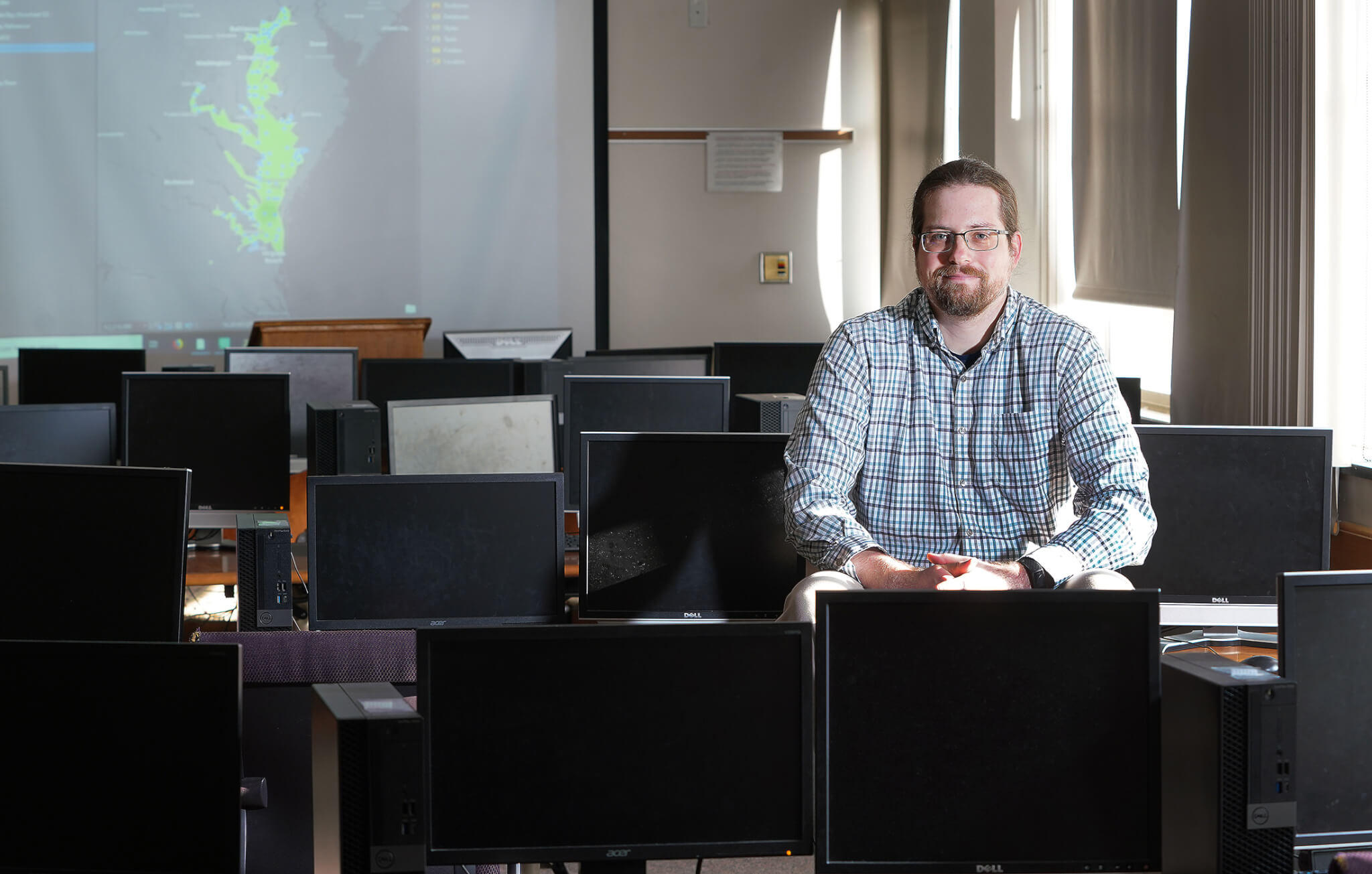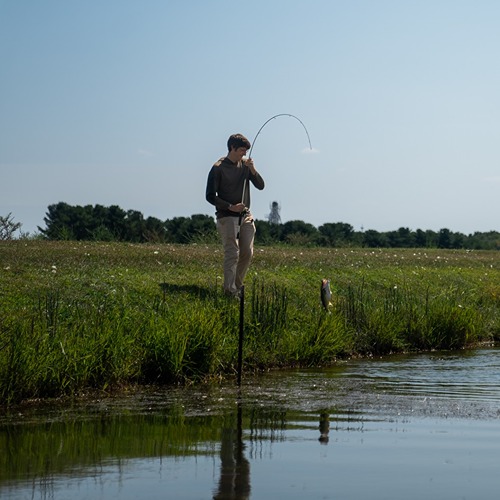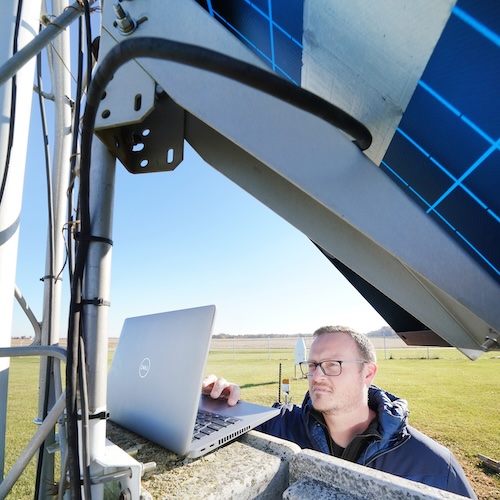Behind the Research: Ben Hancock
About the feature
Many people are involved in the remarkable range of programs, services and facilities that undergird research in the College of Agriculture. Collectively they’re integral to the college fulfilling its research mission. “Behind the Research” explores their individual roles. Each academic year, we profile six people whose work supports the College of Agriculture’s global reputation for developing innovative, multidisciplinary solutions to challenges and then putting those solutions into action.
Ben Hancock, Programmer, Department of Agricultural and Biological Engineering
- Manages multiple servers and legacy applications to help keep them available to the public and other researchers.
- Contributes to development of new laboratory exercises to introduce students to programming and GIS concepts.
- As part of a research team that received two Blue Ribbon awards from the American Society of Agricultural and Biological Engineers, helped write research manuscripts — one published, one accepted for publication, one under review and one under development.
Graduate students and researchers come and go from Purdue, but their computer applications stay behind. Programmer Ben Hancock maintains these legacy applications — greater in number than you might think — by managing servers, responding to users who need help and implementing fixes as needed.
Hancock also helps develop the labs for an introductory course on geographic information systems (GIS). “Through my role in our GIS Applications course, I’m able to use my GIS and programming background to introduce students to tools and spatial analysis methods that help them further their own research and professional goals,” he says.
Hancock hails from north central Arkansas. Although he earned a bachelor’s degree in history at Lyon College, he always expected his career to involve “something technical.”
“I was very hands-on with computers,” he explains. “I had taken a few courses, but I didn’t know how I wanted to use those skills.”
He found the answer in studying geography and GIS at the University of Arkansas. The blending of different skill sets appealed to Hancock: “Everything has a spatial component, and I saw the huge benefit of incorporating GIS tools into analysis,” he says.
Hancock was hired to do temporary, basic GIS analysis on a watershed project for the University of Arkansas Cooperative Extension Service, where he worked with Dharmendra Saraswat. During the project, Hancock realized he could greatly speed up his tasks by writing code. That led to more projects and more coding and a full-time position in Extension at Arkansas. His knowledge of GIS analysis increased, and he also began writing web applications.
After Saraswat came to Purdue, Hancock, too, accepted a position at the university in fall 2015. “He’s definitely a mentor,” Hancock says of Saraswat. “I never have to worry about something new and exciting coming up.”
“Ben is a great team player,” Saraswat says. “He has been a part of several high-impact research web tools, awards and publications that speak of his abilities to handle diverse responsibilities. He is reserved and unassuming but knowledgeable, motivated and dependable.”
While Hancock spends a great deal of time in front of a computer screen, he enjoys his interaction with students. “Every student has different interests, so that has a lot of variety in it,” he says. “Helping them work through any challenges they have helps me develop as well.”
Hancock has assisted with demonstrations for 4-H groups of how unmanned aerial vehicles (UAVs), popularly known as drones, are used in agriculture, teaching the youth how to launch and fly smaller drones, and he supports graduate students who use UAVs in their research. He also has mentored undergraduates through SURF, Summer Undergraduate Research Fellowship.
Hancock’s responsibilities have increased during his time at Purdue, but not everything is new; some of those legacy applications are now more than a decade old. “The thing with programming is,” he says, “you make an application, but it’s never really done.”






